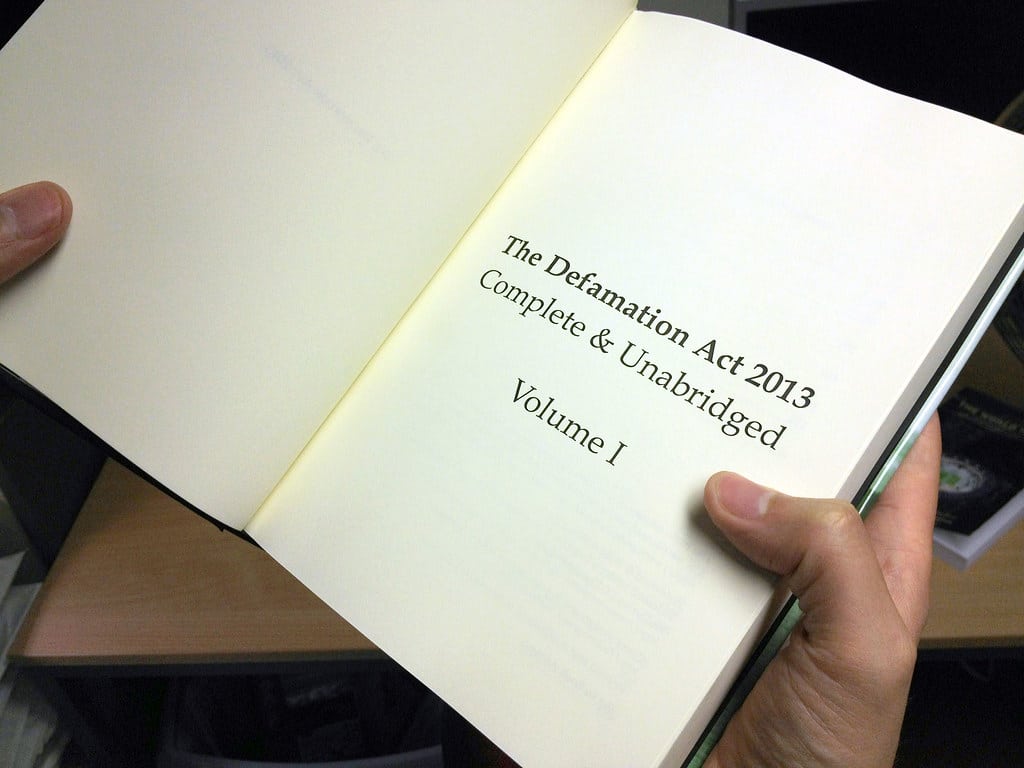Libel and slander are different types of defamation. Generally speaking, “defamation” is defined as the publishing of one or more false statements which damages a person’s reputation or business.
Libel involves written false statements including photographs, cartoons, and other forms of printed or online content. On the other hand, slander involves oral false statements including gestures. Both natural persons and artificial legal entities — like corporations — can be the target of defamation. Victims of defamation can sue in both state and federal courts and can obtain money damages as compensation for the injuries suffered to their reputation, livelihood and business. In some circumstances — like revenge porn posted on the internet — libel and/or slander can lead to criminal punishment. Since the rise of the internet, there has been a huge uptick in the number of defamation cases. This is partly because the “publishing” requirement is now so easy to accomplish. Just hit “send” and a false statement can literally reach millions of people.
The legal rules for proving defamation are complicated because the rules vary slightly from jurisdiction to jurisdiction, there are two types of slander and there are special rules for proving defamation when freedom of speech and press considerations are present. That being said, generally, a victim of defamation must prove the following legal elements:
- A statement (oral or written) was made to another — published
- The statement was false — not just mean-spirited or an opinion, but objectively false
- The false statement was at least made negligently — that is, without knowledge of whether the statement was true or false
- The false statement caused harm to the target’s reputation, livelihood or business dealings
As noted, there are two types of slander. “Normal” slander must be shown with proof of the four elements listed above. The other category of slander is called slander per se. In general, slander per se involves false statements involving the following:
- Claims that a person or business committed a crime of moral turpitude or, sometimes, any type of crime
- Statements that imply lack of chastity
- Claims that the target suffers from a loathsome disease
- Statements related to the target’s business or profession
Slander per se is easier to prove. If the case involves one of these types of per se defamatory statements, the final legal element — proof of harm — need not be proven. These types of defamatory statements are presumed by the law to be injurious.
In some circumstances, proving defamation is more difficult. Typically, these circumstances involve public figures or circumstances where freedom of speech or of the press are involved. In these kinds of cases, to prove defamation, the target must show more than negligent publication of a false statement. The target must prove that the false statement was made with actual knowledge that the statement was false or that the statement was made with reckless disregard for the truth of the statement.
Contact Revision Legal
If you are facing a defamation lawsuit or want to begin defamation litigation, contact the trusted defamation and internet lawyers at Revision Legal at 231-714-0100.




